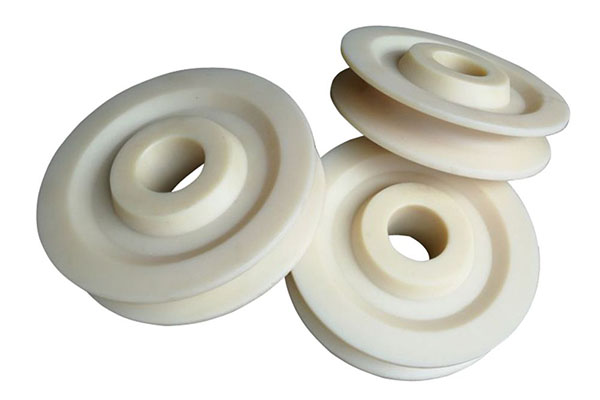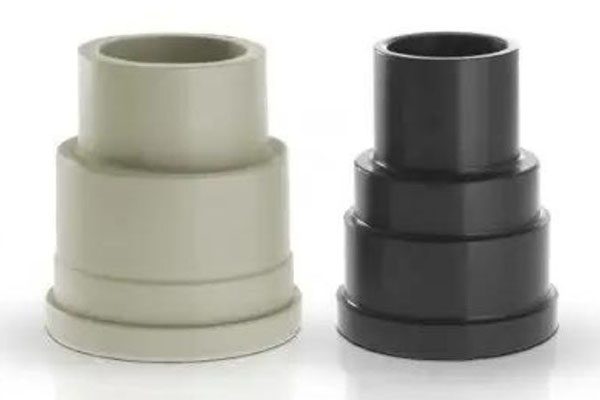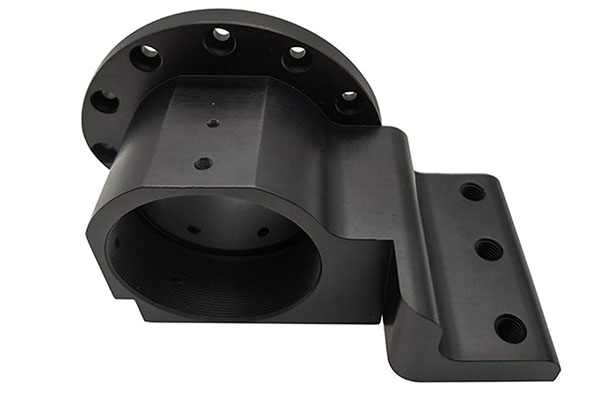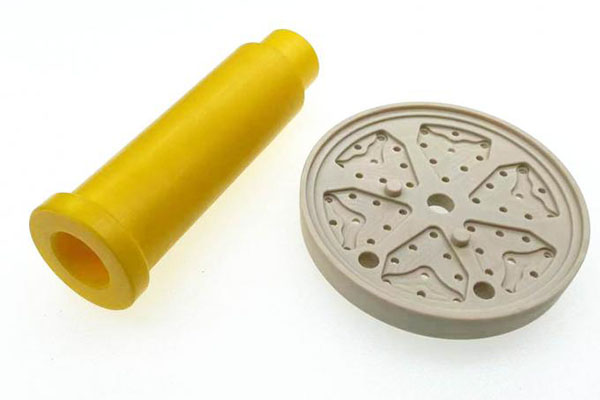Ptfe Plastic Parts Materials
Polytetrafluoroethylene, or PTFE for short, goes by the nickname Teflon and is often crowned the "King of Plastics" in the world of plastic parts. It's super popular because it doesn't let corrosion get to it, making it a top pick for all sorts of uses. In fact, it grabs a whopping 60% of the market when it comes to fluoroplastics.
When it comes to shaping PTFE into the parts we need, compression molding is a go-to method. This process is not only effective but also pretty straightforward, which is why it's widely used for whipping up PTFE products. Thanks to its fantastic qualities, PTFE parts are a common sight in medical devices, electrical components, and mechanical gear.
Here's what makes PTFE stand out:
- Slick as a whistle: With low friction, it's perfect for things like bearings, gears, and even ski bindings where you want something that moves smoothly.
- Electricity whiz: Its ability to handle high radio frequencies makes it a star in connectors, wires, cables for space missions, computers, and microwave circuit boards.
- Resistive and resilient: High resistivity means it's great for making long-lasting electrets, kind of like permanent magnets but for static electricity.
- Corrosion warrior: PTFE can withstand harsh chemicals, making it ideal for lab equipment like containers for acids and other nasty substances.
- Chill and stable: Non-reactive and heat-resistant, PTFE is often found lining hoses, expansion joints, and industrial pipes, ensuring everything stays pure and unaffected. Plus, it's the secret behind non-stick pans and cookware due to its ability to handle high temps.
PTFE's versatility shines through in its many applications, from bushings and gears to seals, strainers, and even nozzle liners. Whether it's in aerospace, computing, handling static, or any industry needing reliable plastic parts, PTFE has got you covered.
Ptfe Plastic Parts Making Service
Be good at product structure optimization and greatly reduce the cost of Plastic Parts Materials

Part Design
Appearance and structural design

Mold Making
Design, DFM confirmation

Product Production
Imported, high-speed equipment

Product Assembly
Incoming materials, inspection and assembly
Exploring the Properties and Applications of PTFE Plastic Parts Materials
PTFE, or polytetrafluoroethylene, is a type of synthetic fluoropolymer often used in making plastic parts. PTFE plastic parts have some great properties and benefits, making them really handy for lots of different industries. In this article, we'll look at what makes PTFE plastic parts special, why they're so useful, and where you can find them in use.
Properties of PTFE Plastic Parts
Here are some key features of PTFE plastic parts:
- Chemical Resistance: PTFE parts can handle really harsh chemicals without getting damaged, which is perfect for tough environments.
- Low Friction: These parts have a very low friction rate, making them ideal for things that need to move smoothly with little wear and tear.
- Heat Tolerance: PTFE can take high temperatures up to 260°C (500°F) without losing its shape or properties.
- Non-Stick: Because PTFE is non-stick, it's great for applications that need surfaces that don't stick to other materials.
Advantages of PTFE Plastic Parts
PTFE plastic parts come with several perks:
- Chemical Resistance: They can withstand exposure to strong chemicals, making them perfect for harsh conditions.
- Low Friction: They reduce friction and wear, which is excellent for moving parts.
- Heat Tolerance: They can handle high heat without breaking down.
- Non-Stick: Their non-stick quality is useful in many applications.
Applications of PTFE Plastic Parts
PTFE plastic parts are used in various fields, such as:
- Chemical Processing: Commonly found in gaskets, seals, and valves.
- Electrical and Electronics: Used in wire insulation, connectors, and circuit boards.
- Food Processing: Applied in non-stick coatings for cookware and bakeware.
- Medical Devices: Used in catheters and surgical instruments.
Challenges of PTFE Plastic Parts
Despite their advantages, PTFE plastic parts do have some challenges:
- High Processing Temperatures: They require high heat to be processed, which can be tricky.
- Cost: They are more expensive than other types of plastic parts.
- Bonding Issues: PTFE doesn’t bond well with other materials, which can be a problem in some applications.
PTFE Plastic Parts
Overall, PTFE plastic parts offer fantastic properties and benefits suitable for various industries. They are widely used in chemical processing, electrical and electronics, food processing, and medical fields. However, if you're considering using PTFE plastic parts, make sure to consult with a reputable manufacturer to get the right material and processing for your needs.